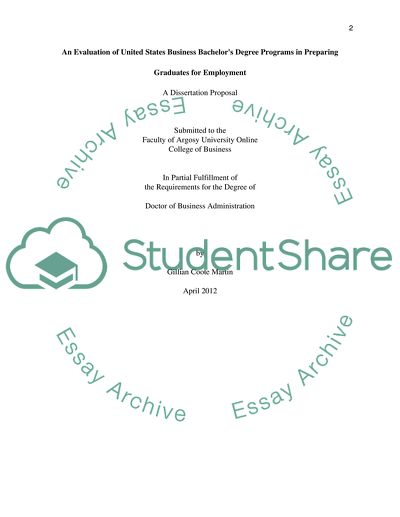Cite this document
(“An Evaluation of United States Business Bachelor's Degree Programs in Research Paper”, n.d.)
An Evaluation of United States Business Bachelor's Degree Programs in Research Paper. Retrieved from https://studentshare.org/education/1780466-standards-and-benchmarks-to-create-service-quality-criteria-for-selected-higher-education-institutions-in-the-unites-states
An Evaluation of United States Business Bachelor's Degree Programs in Research Paper. Retrieved from https://studentshare.org/education/1780466-standards-and-benchmarks-to-create-service-quality-criteria-for-selected-higher-education-institutions-in-the-unites-states
(An Evaluation of United States Business Bachelor'S Degree Programs in Research Paper)
An Evaluation of United States Business Bachelor'S Degree Programs in Research Paper. https://studentshare.org/education/1780466-standards-and-benchmarks-to-create-service-quality-criteria-for-selected-higher-education-institutions-in-the-unites-states.
An Evaluation of United States Business Bachelor'S Degree Programs in Research Paper. https://studentshare.org/education/1780466-standards-and-benchmarks-to-create-service-quality-criteria-for-selected-higher-education-institutions-in-the-unites-states.
“An Evaluation of United States Business Bachelor'S Degree Programs in Research Paper”, n.d. https://studentshare.org/education/1780466-standards-and-benchmarks-to-create-service-quality-criteria-for-selected-higher-education-institutions-in-the-unites-states.


